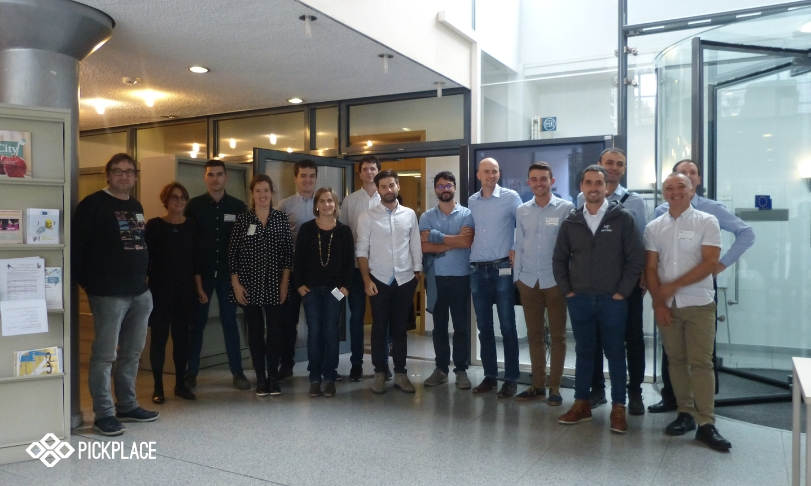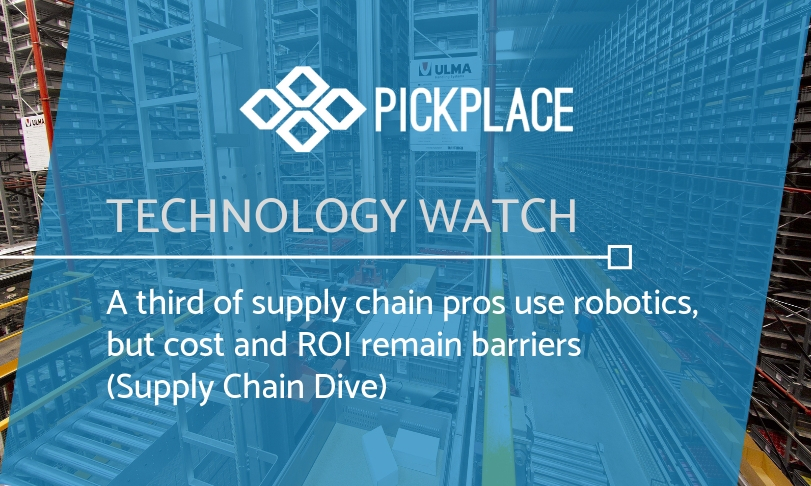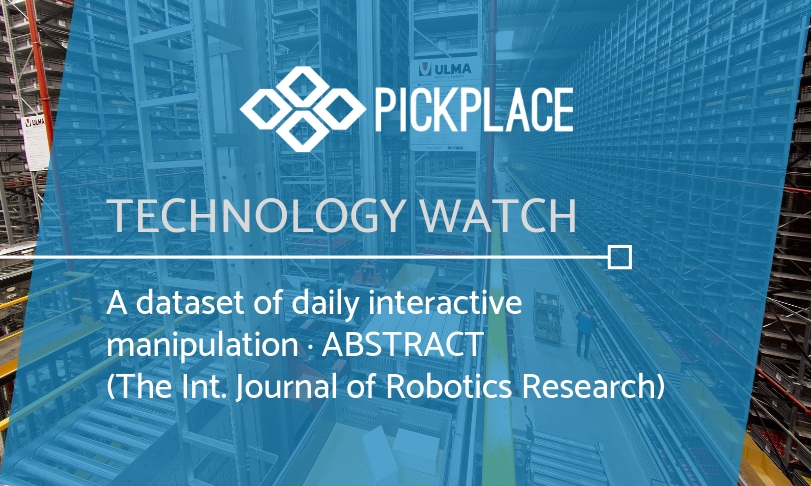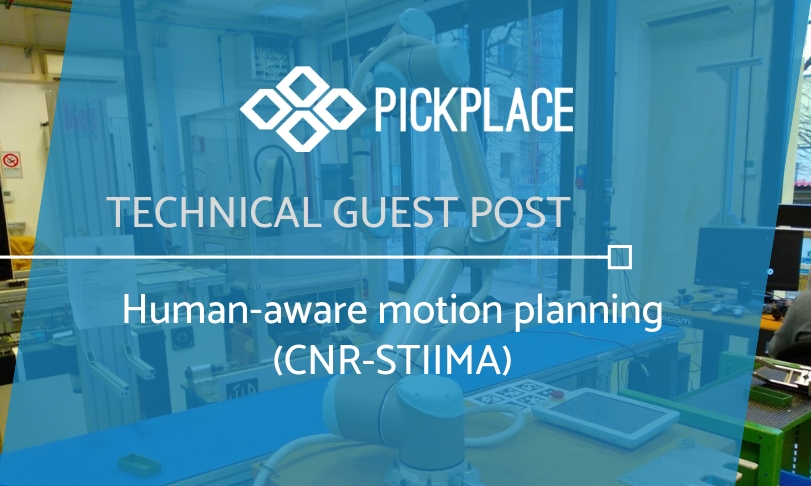Last week, members of the PICK-PLACE consortium gathered for a mid-proyect review meeting at the European Forum in Luxemburg. The meeting was attended by all partners (ULMA Handling Systems, IK4-TEKNIKER, Mondragon Assembly, CNR-STIIMA, Fraunhofer-IFF and TOFAS) as well as by project officer Irene Sardellitti and expert Norbert Kruger.
A third of supply chain pros use robotics, but cost and ROI remain barriers
Source: Supply Chain Dive / by Matt Leonard Dive Brief: About 32% of supply chain professionals say they are actively using robotics and automation, according to this year’s MHI Annual Industry Report. This number has gone relatively unchanged since 2016 when 35% of respondents said they were actively using robotics and automation, but anecdotal evidence and market value forecasts show warehouse robotics growing as companies seek labor savings at a time …Read More
TECHNICAL GUEST POST: Reactive grasping using tactile sensors (Fraunhofer-IFF)
Industrial bin-picking applications usually involve a vision system. These systems identify and localize the objects to be picked, and also often suggest an optimal picking strategy. In such situations, the robot moves from its original position to the defined grasp position of the object inside the bin (as defined by the vision system), grasps the object, and moves it to the final placing position. However this whole process raises some …Read More
A dataset of daily interactive manipulation (ABSTRACT)
Source: The International Journal of Robotics Research Authors: Yongqiang Huang, Yu Sun Publication: First published May 13, 2019 Robots that succeed in factories may struggle to complete even the simplest daily task that humans take for granted, because the change of environment makes the task exceedingly difficult. Aiming to teach robots to perform daily interactive manipulation in a changing environment using human demonstrations, we collected our own data of interactive …Read More
TECHNICAL GUEST POST: Human-aware motion planning (CNR-STIIMA)
What does human-aware motion planning mean? In human-robot collaborative cells, one of the main problems is represented by the robot’s stopping or slowing down due to the human presence. The origin of this problem is the lack of awareness of the robot with respect to the human motions. In fact, motion planners take care of the current human position as a mere obstacle or they do not take care of …Read More






